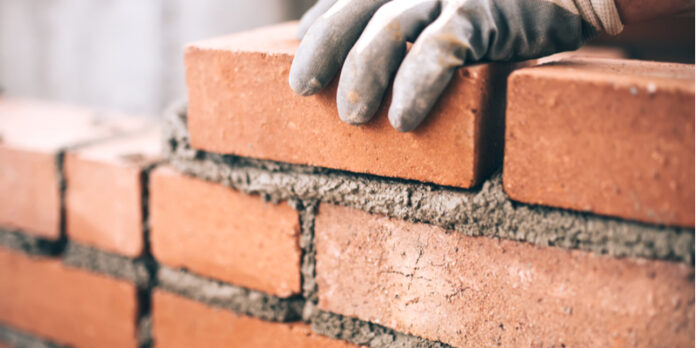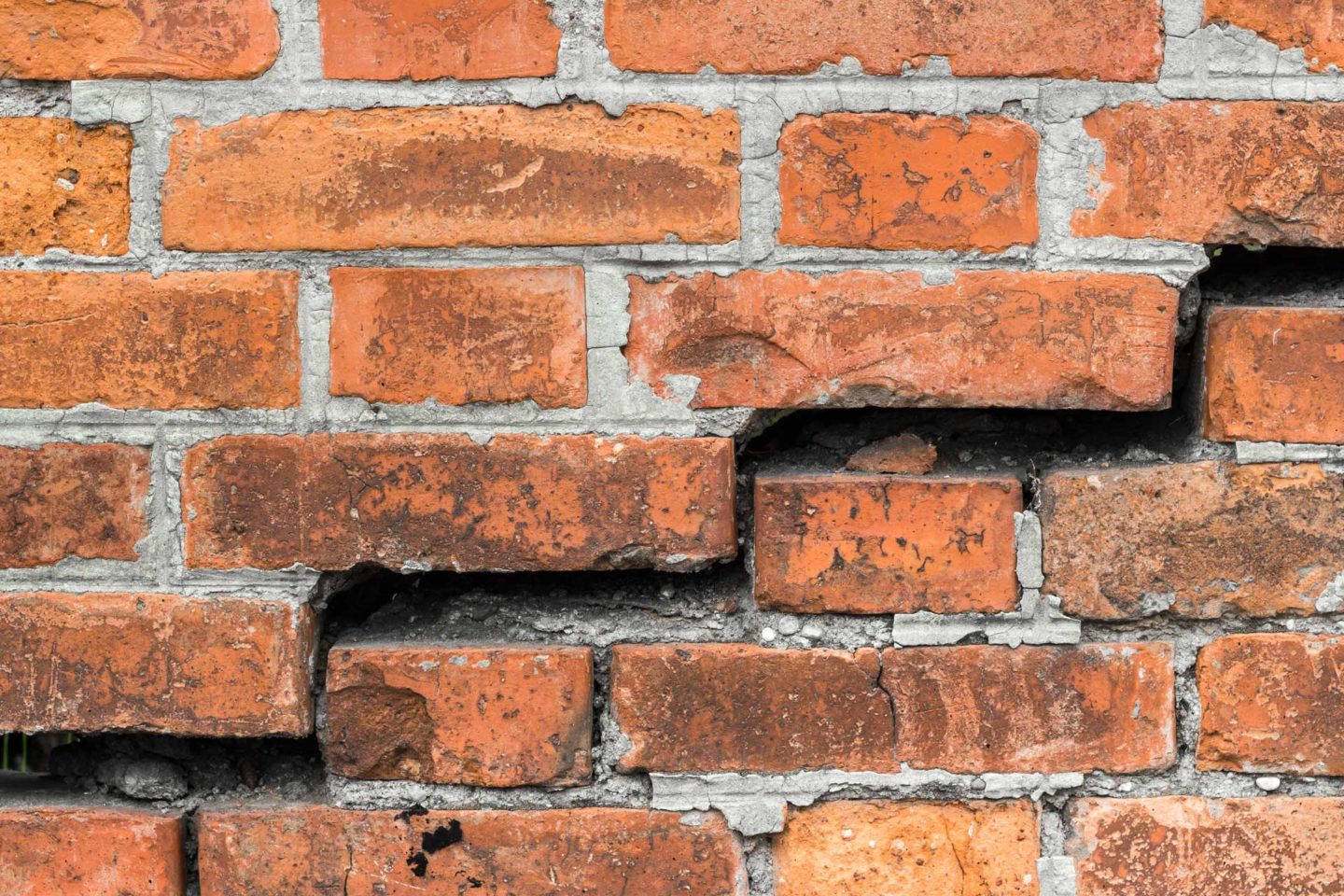Brick walls are everywhere, they are part of your home, your garden, the main border on the street, and a multitude of other uses. The reason brick is so popular is that it is strong and durable.
However, even the best brick walls can become damaged. The most obvious issue is when the cement holding the bricks together starts to crumble and fall out. This is generally the result of age and exposure to the elements.
The good news is that the wall can be repaired, regardless of the damage. You simply need to learn about brick repointing or get the experts to do it for you.
Preparing The Repair
The first stage is to identify the section that needs to be repaired. This can be a specific party of the wall where bricks have been damaged. Or, it can be the entire wall because the cement is starting to disintegrate.
You will need to scrape the old cement out of the wall. You can get a special tool to do this to ensure you are not damaging the existing bricks. The aim is to remove approximately two inches of the cement, giving you plenty of space to add new cement.
However, if you are replacing damaged bricks you will need to remove as much cement as possible around the damaged bricks and slowly slide them out of the wall. You can then slide a new brick in place.
However, while one brick is straightforward, if you are doing several together you do need to consider the integrity of the wall. Removing two or three next to each other can cause the wall above to collapse.
Inserting The Brick
It is a good idea to find a brick that is as close to the original ones as possible. They will have faded in the sunshine but the closer it is the less obvious the repair will be.
When inserting the new brick put some cement in the base of the hole and then add cement to the sides and top of the new brick. Push it into position and tap it gently with a rubber hammer to line it up properly. Make sure it looks like it is sat properly.
Repointing
You may be able to repoint just one area of your brick wall but it is often better to do the whole surface. However, cement dries quickly. You will want to do a small area at a time to get the perfect finish.
Mix your cement and pack the two-inch gaps you have created. Make sure the space is completely filled.
You will then be able to run a smoothing trowel over the surface, this wipes off excess cement and gives the joints a nice grooved appearance. This is also good for keeping the weather out of other joints.
That’s it, you can stand back and admire your work, or simply move onto the next section to complete. Of course, there will always be more brick walls to do.



















